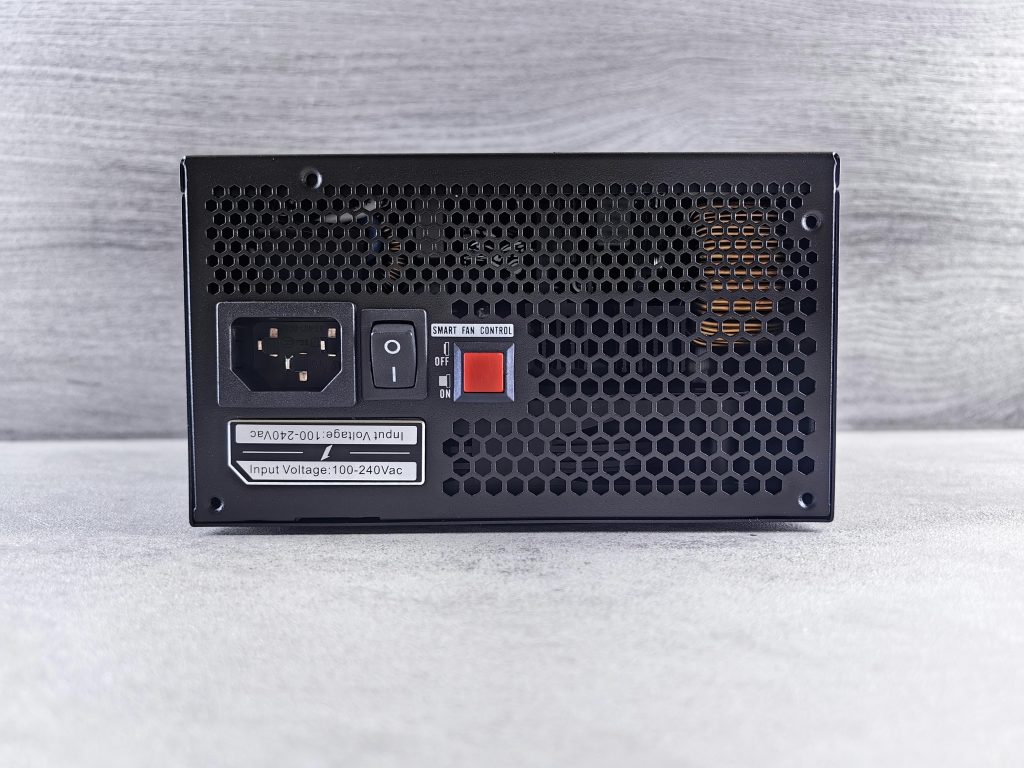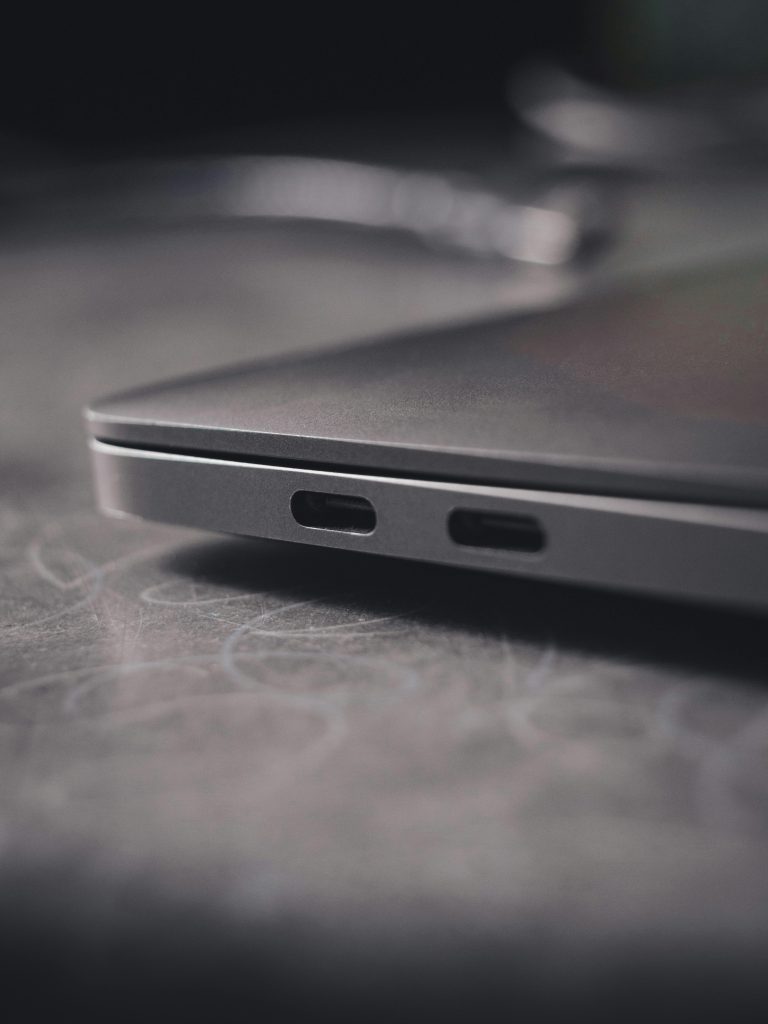Troubleshooting Your Computer Screen: How to Address a Yellow Tint and Unresponsive System
Experiencing issues with your computer can be frustrating, especially when your screen displays unusual colors and your mouse and keyboard become unresponsive. One of our readers recently encountered a perplexing problem: a yellow tint on their computer screen that rendered the system inoperable. If you find yourself in a similar situation, here are some steps you can take to diagnose and potentially resolve the issue.
Understanding the Problem
When a computer’s display shows an abnormal color, such as a yellow tint, it can be indicative of several underlying issues. This can range from software glitches to hardware malfunctions. The screen may also freeze, leading to an unresponsive mouse and keyboard, exacerbating the problem.
Initial Steps to Take
-
Force Restart Your Computer: If your screen has been stuck for an extended period, the first course of action is to force a restart. Depending on your device, this typically involves holding down the power button until the computer shuts off. Wait a few moments before turning it back on.
-
Check Display Settings: Once your computer restarts, check the display settings to ensure the color correction settings haven’t changed. On Windows, you can access this via Settings > System > Display. For Mac users, visit System Preferences > Displays.
-
Inspect the Cables: Loose or damaged cables can cause display issues. Ensure that all connections between your computer and monitor are secure. If you use an external monitor, try using a different cable or connecting it to a different port.
-
Boot in Safe Mode: If the problem persists, boot your computer in Safe Mode. This can help determine if the issue is software-related. In Safe Mode, only the essential drivers and software load, eliminating potential conflicts.
-
Update Drivers: Outdated or corrupted graphics drivers can cause display anomalies. Check for updates to your graphics drivers through the manufacturer’s website or via your operating system’s update tool.
-
Diagnostic Checks: If you’re comfortable with hardware, consider running diagnostic tests on your computer. This may help identify if the issue lies with the graphics card or other internal components.
When to Seek Professional Help
If none of these solutions work, it may be time to consult with a professional technician. Persistent display issues could indicate more serious hardware problems that require expert attention.
Conclusion
Dealing with a malfunctioning computer can be
Share this content:


